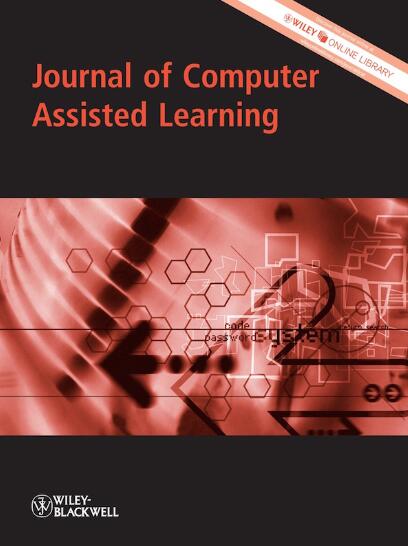In recent years, computer science education has emerged as a necessary part of school curricula for students of all ages. With such momentum in this direction, it is essential that program designers, educators, and researchers ensure that computer science education is designed to be inclusive, effective, and engaging for all students.
Accordingly, this paper reports on the design and implementation of an inclusive digital learning platform and accompanying curriculum for scaffolding and integrating coding into writing instruction for elementary-aged students (approximately ages 9–12). In this paper, we report on teachers' uses of the Compose and Code (CoCo) platform and curriculum, how students used its features, and its influence on students' computational thinking skills and attitudes about coding.
Data analysed in this mixed-methods study come from 11 teachers and 595 students in Grades 3–6. Data sources included teacher reflections and interviews, an assessment of computational thinking for students, and a coding attitudes survey for students. Quantitative data were analysed descriptively and using paired sample t-tests. Qualitative data were analysed inductively using open coding to determine emergent categories.
Findings indicate that (1) a majority of students effectively used the CoCo platform to plan their work and code in Scratch, with a smaller percentage using the self-evaluation and self-monitoring features, (2) teachers indicated overall positive perceptions of the CoCo platform and curriculum, with strong support for using it in the future, (3) students' computational thinking skills improved over the course of the project, with results indicating a large effect size (g = 1.24), and (4) student attitudinal results were mixed, providing insights to the barriers that students face when learning to code. Overall, this study indicates that the CoCo platform and curriculum show promise as a scaffolded, structured, and integrated tool for teaching elementary computer science to elementary grade students.


